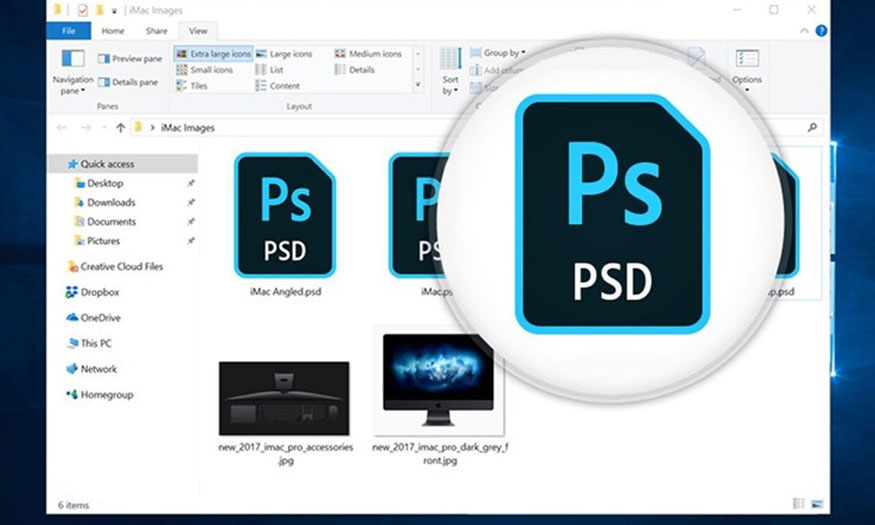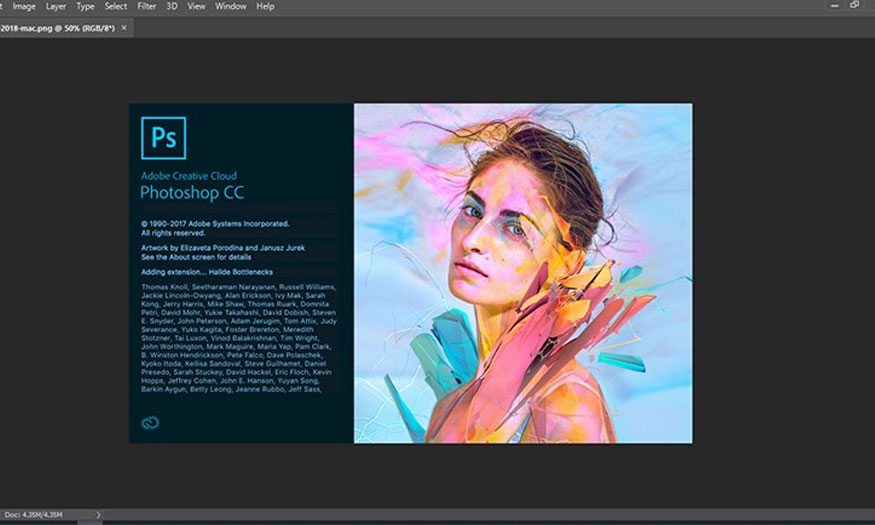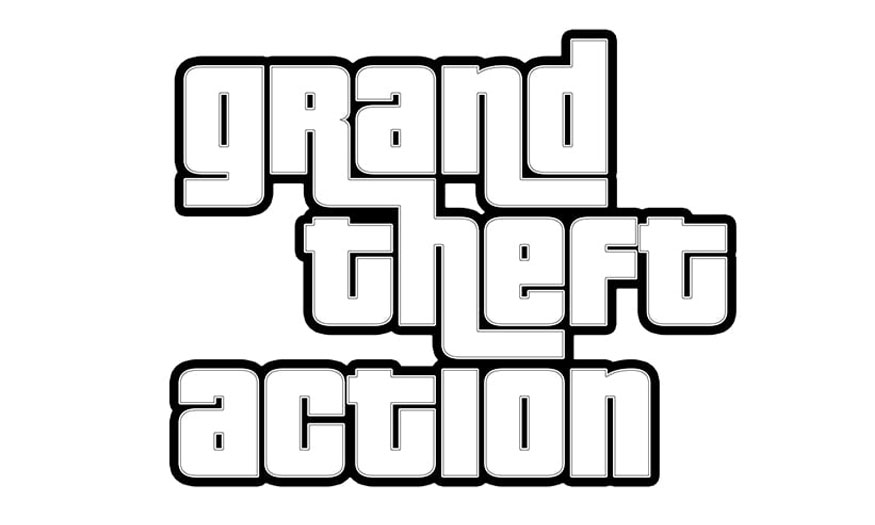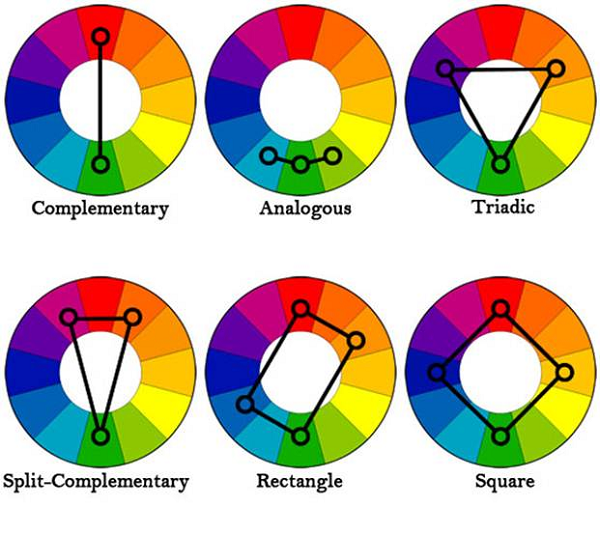Best Selling Products
What will be the design trends that will dominate in 2025
Nội dung
- 1. Trend 1: Minimalism and Functionality
- 2. Trend 2: AR and VR Technology Create New Interactive Experiences (Augmented Reality & Virtual Reality)
- 3. Trend 3: Mobile-First Design
- 4. Trend 4: Slim Colors and Geometric Shapes
- 5. Trend 5: Using AI in Design
- 6. Trend 6: Conversion From 2D to 3D
- 7. Trend 7: Emotional and Informative Design
- 8. Trend 8: Diversifying Communication Channels (Omnichannel Design)
- 9. Trend 9: Security-First Design
- 10. Trend 10: Data-Driven Design
- Conclude
What will be the breakthrough design trends expected to dominate the market in 2025? Update creative and innovative ideas from Sadesign to help you lead in the design industry.
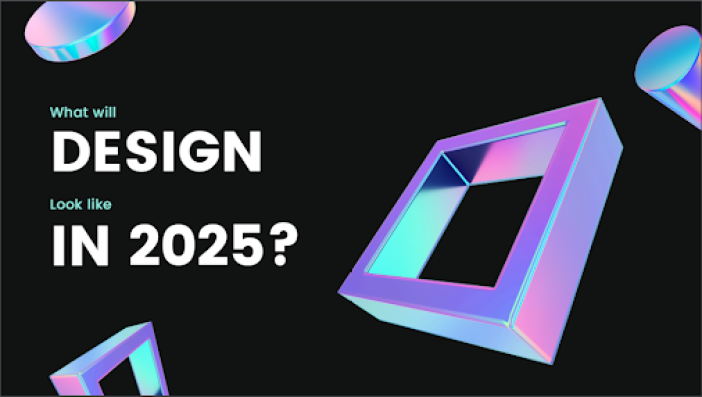
In 2025, designers will witness a major change in the design industry, with new and innovative trends that will make a big difference in products, projects and marketing campaigns. Impressive design trends are expected to dominate in 2025, from user interface (UI) design to user experience (UX), visual style to new technology. Join Sadesign to learn about these changes and how to apply them to improve the quality of your products and marketing strategies.
1. Trend 1: Minimalism and Functionality
Minimalist design has been a prominent trend in recent years and in 2025, this simplicity will continue to grow strongly. Not only focusing on the beauty of form, but also on the convenience and efficiency in design. Products, applications and websites will increasingly minimize unnecessary elements, creating a clean and easy-to-use interface space.

Minimalist design not only reduces clutter, but also focuses on the most essential functions. For example, with e-commerce websites, minimizing the number of steps to purchase makes it easier for customers to complete a transaction without distraction.
This trend is not just an aesthetic choice, but also directly related to user experience. Minimalism makes it easy for users to find the information and products they need without spending too much time. By 2025, minimalist design will become the standard for all digital products.
2. Trend 2: AR and VR Technology Create New Interactive Experiences (Augmented Reality & Virtual Reality)
Augmented reality (AR) and virtual reality (VR) are completely changing the way we interact with design. In 2025, AR and VR will continue to thrive, creating more immersive and immersive user experiences than ever before. Industries such as e-commerce, education, and entertainment will use these technologies to create more engaging shopping and learning experiences.
AR/VR applications in e-commerce design are becoming more and more popular. Online stores will allow shoppers to experience products through AR before deciding to buy. This not only helps increase conversion rates but also creates a stronger connection between customers and products.
3. Trend 3: Mobile-First Design
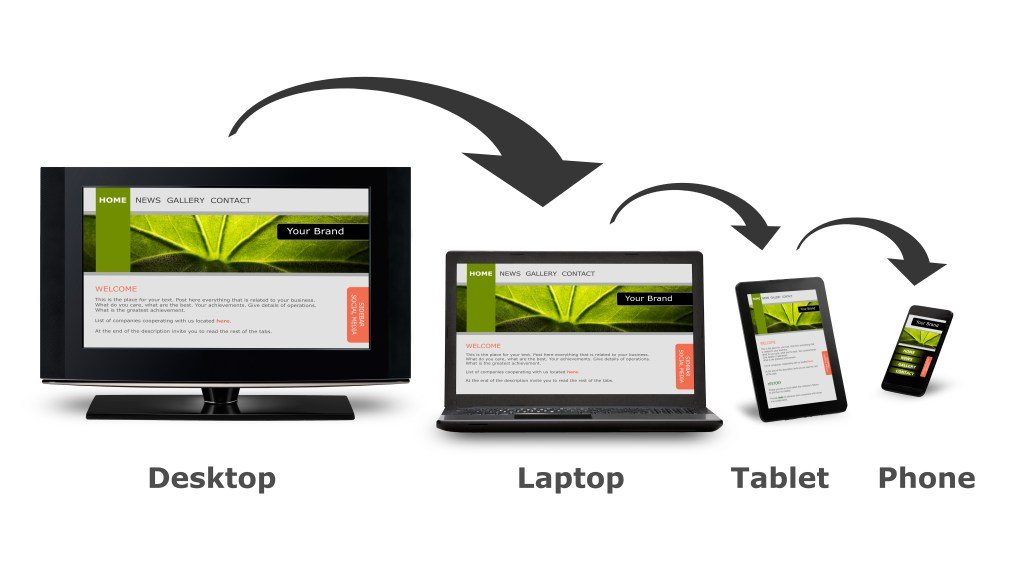
With the rapid growth of mobile devices, mobile-first website design will become the norm in 2025. Many users now access the internet only via mobile phones, so optimizing the user experience on these devices will be a top priority.
Mobile-first design not only makes it easier for users to interact with your products, but it also improves page load speed and usability of your website. This contributes to increased user satisfaction and customer retention.
4. Trend 4: Slim Colors and Geometric Shapes
2025 will see the rise of soft, subtle colors combined with simple yet impressive geometric shapes. Designers will use soft pastel colors, cleverly combined with geometric lines to create a modern and creative style.
Simple shapes and clear white space help brands convey their message clearly and memorable. By combining these elements, logos become recognizable and aesthetically pleasing.
5. Trend 5: Using AI in Design
In 2025, artificial intelligence (AI) will continue to play a major role in optimizing design processes. AI tools can now automatically generate design prototypes, saving designers time and providing more creative options.
AI will help create custom designs, images, and even video scripts. Thanks to its ability to analyze data and understand user habits, AI can provide optimized designs for each specific customer segment.
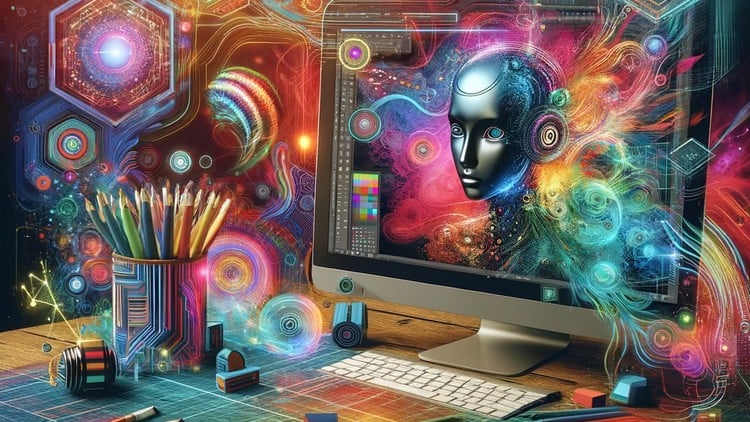
6. Trend 6: Conversion From 2D to 3D
In graphic design, 3D images are becoming more popular than ever. In 2025, designers will continue to create 3D design products not only on platforms such as the web but also on mobile applications, games, and virtual reality environments. 3D images help products become more vivid and realistic, creating a more intimate and attractive feeling for users.
7. Trend 7: Emotional and Informative Design
In 2025, design will not only focus on providing information but also on creating strong emotions for users. Emotional designs will attract attention and create deep connections between users and brands.
Advertising and marketing campaigns will leverage emotional elements in design to engage viewers and create lasting impressions. Rather than focusing solely on aesthetics, design will become a powerful tool to evoke emotion and action from consumers.
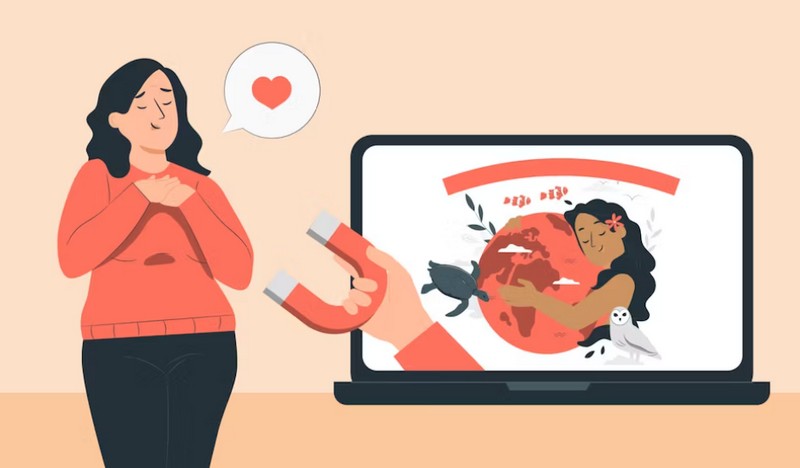
8. Trend 8: Diversifying Communication Channels (Omnichannel Design)
With the strong development of communication channels, omnichannel design will become a big trend in 2025. Brands will focus on providing smooth, consistent user experiences across all platforms from websites, mobile applications, social networks, to direct interaction tools.
As users experience a brand across multiple platforms, design consistency makes it easier for them to recognize and connect with the brand, increasing satisfaction and loyalty.
9. Trend 9: Security-First Design
With information security becoming increasingly important, security-first design will become the norm in 2025. Websites and applications will have to integrate security measures early in the design process, from encrypting data to protecting user privacy.

10. Trend 10: Data-Driven Design
Finally, data-driven design will continue to be a strong trend in 2025. Designers will use user data to analyze and optimize experiences, from user interfaces to shopping behavior and product selection.
Using data analytics tools, designers can better understand user habits and needs, thereby creating more personalized and effective experiences.
Conclude
2025 will be a promising year for the graphic design industry with breakthrough and creative trends. Along with that, the demand for purchasing genuine copyrighted design software and updating new information about this field is increasing. Together with Sadesign, stay ahead of these trends to take your brand to the next level.









































